Does Pocahontas Deserve the Nobel Peace Prize?
October 5, 2011 in Editorial
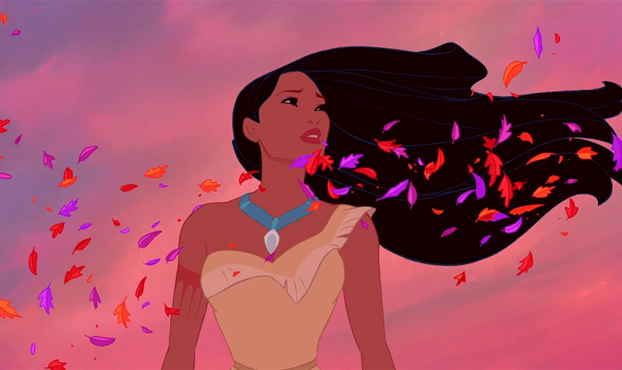
In Disney’s 1995 Animated Feature Film Pocahontas the Native Americans and the Settlers are about to go to war before Pocahontas intervenes and convinces her father to call off the battle. What would have happened if she had just stood idly by? Would the Settlers have massacred her people? Or would the Native Americans have been victorious in defending their lands? How many lives did she save by having the courage to do what was right? Centives decided to find out in the hopes of helping the Nobel Peace Prize Committee find another suitable candidate to consider as the Nobel Prize Season begins.
To answer this question Centives conducted extensive historical research and utilized direction and guidance provided by the Lehigh University History Department.
One of the primary determinants of victory in combat is troop numbers. At one point Kocoum states that there are “over a hundred” Colonists and after repeated viewings of the film, Centives places the number of Settlers at between 110 and 130. Each of them would be armed and prepared for combat in the final skirmish.
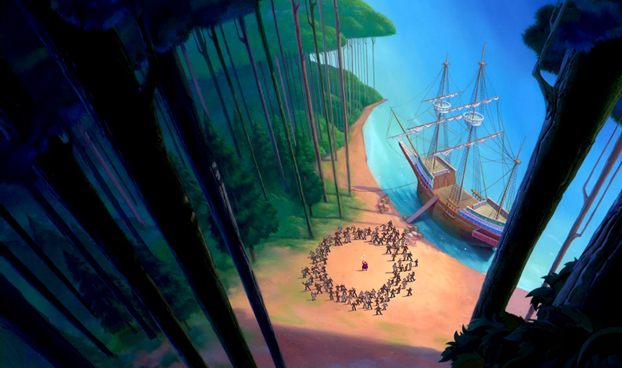
The number of Native Americans is easier to figure out. There is a quick shot that shows the entire tribe going to war and Centives counts 165 Tribal Warriors headed to battle.
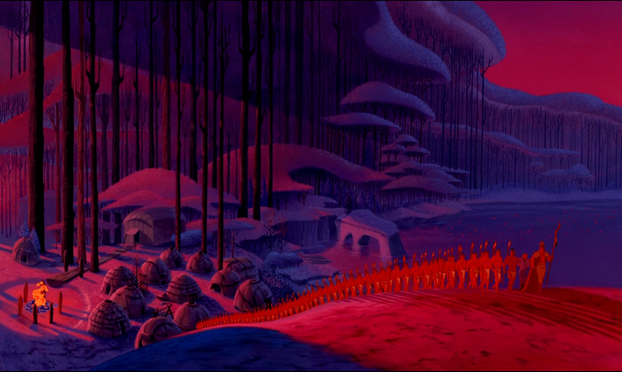
So with roughly equal numbers what would happen? The Native Americans had a languid style of battle that was low in both intensity and casualties. One British Captain sarcastically commented that “they might fight seven years and not kill seven men.” Native American archers would shoot their arrows in high arcs despite the fact that this made them easy to dodge. They were most effective in forests where they could set up guerrilla ambushes and lure their opponents into traps; not the open environment of the battle depicted in the film. One thing that they did have going for them was that it was dawn and Native Americans normally did better in low visibility conditions.
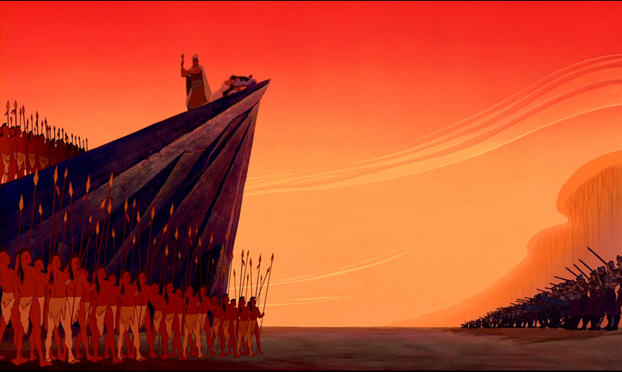
Where the Native Americans really shone though was in melee battle. As the above still from the movie demonstrates, they were within easy charging distance of each other, and the majority of warriors appear to be prepared for close proximity combat.
Historically the Settlers didn’t do well in close range conditions. This seems to hold true in the movie as well. There are two instances when Kocoum is engaged in a hand to hand battle with the Settlers. He easily wins the first and looks set to win the second before Thomas shoots him in the back.
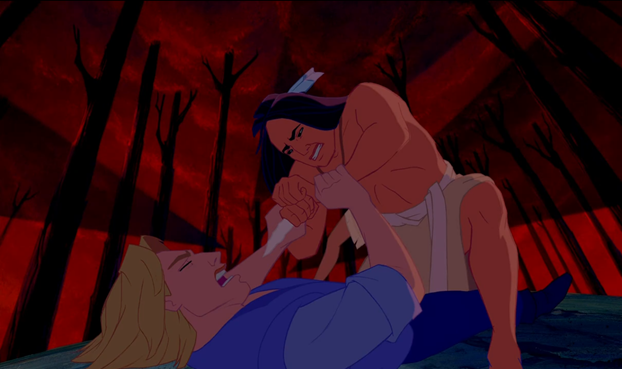
Had the Settlers’ rifles been equipped with bayonets they would have had an advantage in the final contest. But there is no evidence that they had access to them within the film. Furthermore only Governor Ratcliffe and John Smith are shown wearing any form of armour other than helmets, indicating that the rest of the Settlers would have been vulnerable to close range attacks. This is not to suggest that the Colonists were completely unprepared. They were equipped with metal swords that were superior to the weapons that the Natives used.
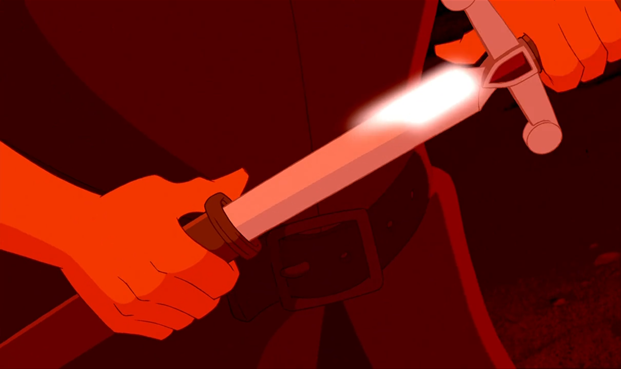
Reloading the rifles was a slow and cumbersome process with military manuals describing over 40 individual steps before the gun was prepared to fire again. At the point in history that the movie is set in, the soldiers weren’t trained to pick individual targets to fire at. Rather, they were instructed to focus on their posture and their motions. The laws of probability dictated that when enough of them shot at once in this fashion some bullets would hit the enemy. But this meant that the individual accuracy of any one marksman wasn’t very high.
So the Settlers should have been able to get off one shot from their rifles and canons as the Native Americans charged at them, but they would not have had the time to reload for a second round. The noise of the rifles and the flash of the exploding gun powder would have frightened the Native Americans, and historical evidence suggests that some of the Tribal Warriors would cease to be effective combatants after they experienced the first shot, even if they hadn’t actually been hit by the bullets.
At this point this analysis dissolves into speculation but one would imagine that the Settlers would be too distracted by the charging Native Americans to dodge the multiple rounds of arrows fired at them, thinning their numbers a little. If we assume that the first (and only) round of bullets wound or frighten half of the Native American army, that still leaves around 80 Natives against about 100 Settlers. The Tribal Warriors had the advantage in melee combat and so the ensuing battle would have been extremely bloody and close. It’s impossible to say which side would ultimately have won the fight. The melee advantage of the Native Americans might not have been enough to overcome the numerical superiority of the Settlers. But both the victor and the vanquished would have sustained heavy casualties.
Centives has, of course, assumed that the ancient spiritual tree did not get involved in the battle. We also assume that the Natives didn’t raise an army of humming birds and raccoons to help them fight, and that they do not utilize the ability to fly that they periodically display throughout the film.
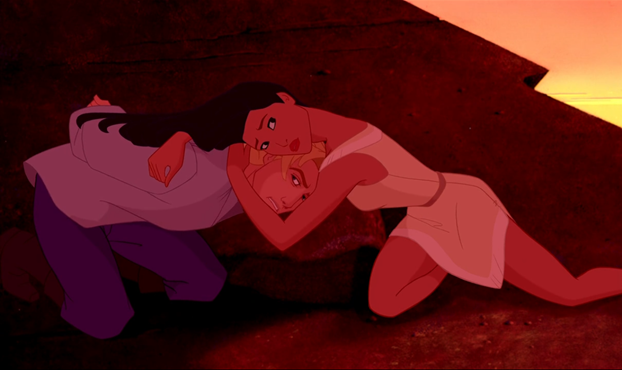
So should Pocahontas have been a serious contender for the Nobel Peace Prize three hundred years before it was first awarded? By preventing the battle she saved the lives of up to 300 people. She did so by crossing racial, cultural, and linguistic barriers centuries before the principles of human equality were accepted by all – ideals that people still struggle with in our world today. Nobel Committee take note, in this case it might be worth revising the rule that states that the Nobel Peace Prize cannot be awarded posthumously. The audacity and courage that Pocahontas displayed in standing up to her people and doing what is right should not go unrecognized.
Centives would like to thank the Lehigh University History Department for their assistance with this editorial. Centives would also like to thank Patrick M. Malone, whose book The Skulking Way of War was an invaluable resource while writing this editorial.
Follow us on Twitter
Join the Discussion! (No Signup Required)